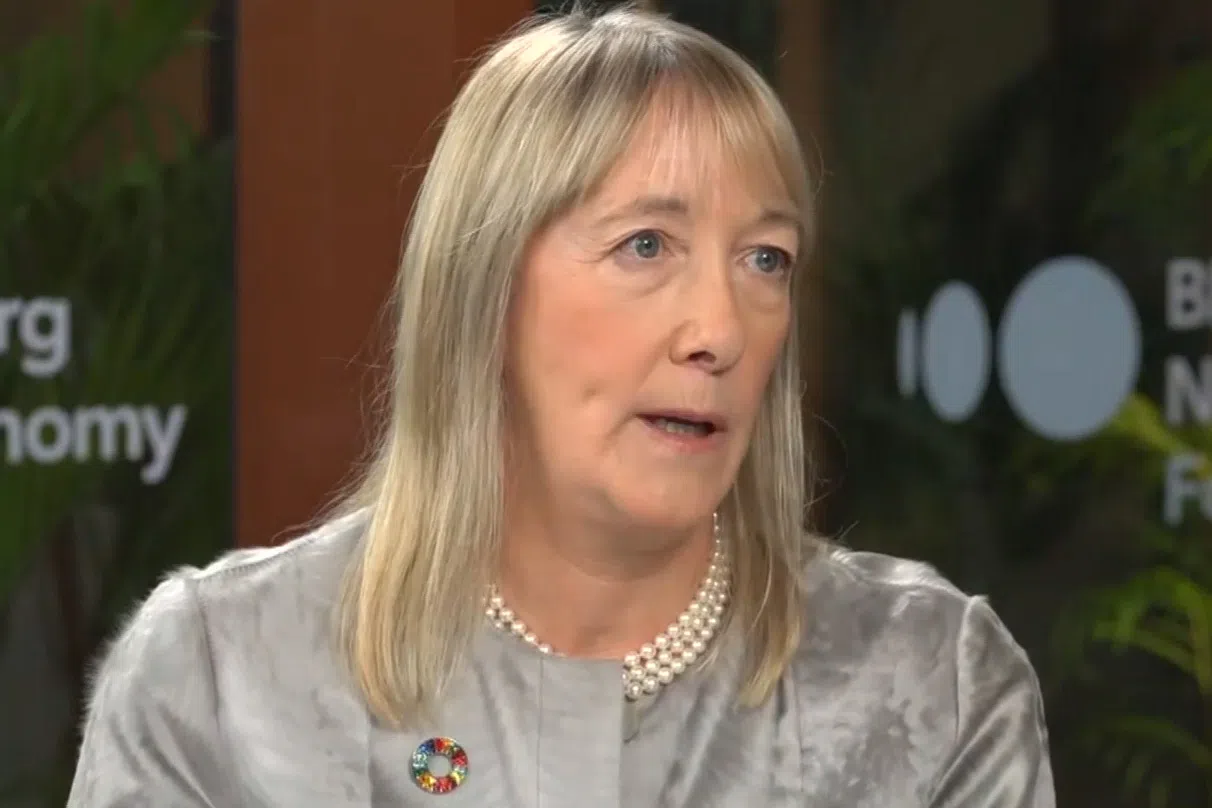STANDARD Chartered says the finance industry needs to update its toolbox and steer a lot more capital into protecting critical infrastructure, homes and cities from the fallout of global warming.
Investors need to “get that capital in place soon,” Marisa Drew, chief sustainability officer at StanChart, said in an interview. “Because the longer we wait, the more expensive it gets and the worse it gets.”
The UK bank, together with KPMG and a branch of the United Nations, has unveiled a set of formal guidelines around so-called adaptation finance. Unlike mitigation, the goal of which is to try to limit climate change by cutting greenhouse gas emissions, adaptation is all about coping with a hotter planet that’s more prone to extreme weather shocks.
It’s an area that’s attracting ever greater attention as the prospect of limiting global warming to the critical threshold of 1.5 deg C looks increasingly remote.
According to StanChart, KPMG and the UN Office for Disaster Risk Reduction, adaptation finance will do better if bankers and asset managers work on developing and structuring new kinds of loans, bonds, structured notes, letters of credit and deposits, among other forms of financial innovation.
Under their guidelines, published on Thursday (Apr 11), “any financial service” provided to an entity to help the “adaptation and resilience” of its assets, operations, customers or supply chain, as well as the “communities” in which it or its clients operate, can be regarded as climate adaptation finance.
A NEWSLETTER FOR YOU
ESG Insights
An exclusive weekly report on the latest environmental, social and governance issues.
The wording opens the door to a wave of experimentation with financial products, many of which will be designed to address risks building in emerging markets. Drew acknowledges that the definition is broad and likely to invite discussion.
“There, almost by definition, will have to be robust debates” around what ultimately qualifies as adaptation finance, Drew said. “But actually we like those debates because that helps us all raise the bar.”
Today, less than 10 per cent of climate finance is dedicated to adaptation, and there’s an annual funding gap of about US$360 billion, according to UN estimates. governments, particularly in developing markets, lack the funds to bridge that gap, meaning the lion’s share will need to come from private capital.
“It’s just simply not going to be the case that governments, particularly in developing markets, are going to be able to fund this,” Drew said.
So the question becomes, “how do we frame this for the finance world to embrace and think about in classic market terms,” she said. “In some ways, we’ve been doing it for a while, but we just didn’t call it adaptation.”
Banks and asset managers are making increasingly clear that they’ll only provide funds for climate finance if doing so results in profits. At the COP28 summit in Dubai, billionaire hedge fund investor Ray Dalio led a chorus of financiers pointing out that their contributions are contingent on getting “a return on the money.”
The guidelines published by StanChart, KPMG and the UN list more than 100 activities that may qualify for an adaptation-finance label. These include developing climate-resilient crops or flood-resistant barriers, for example.
The list, which was compiled with the help of multilateral development banks among other groups, also includes traditional green technologies such as energy-storage solutions.
Providing guidelines for financial products is usually the domain of regulators. The European Union, for example, has published a green taxonomy to steer the use of sustainable labelling in the bloc. But climate finance remains full of regulatory gaps, including basic definitions of concepts such as transition finance.
Drew said the goal with the guidelines around adaptation finance is that they become “a catalyst for that capital flowing.” BLOOMBERG



